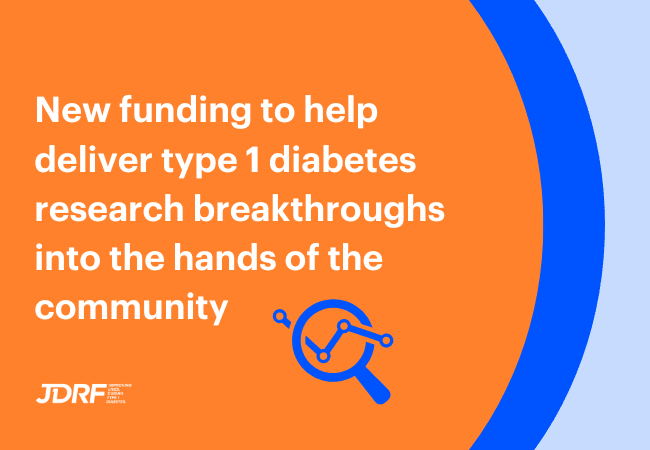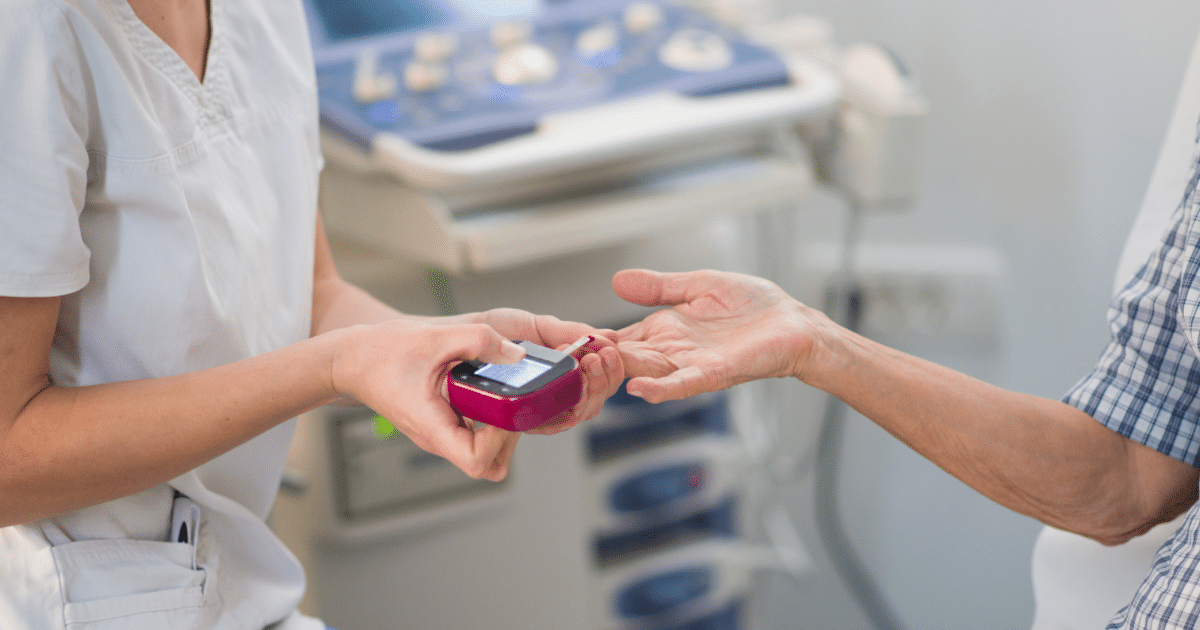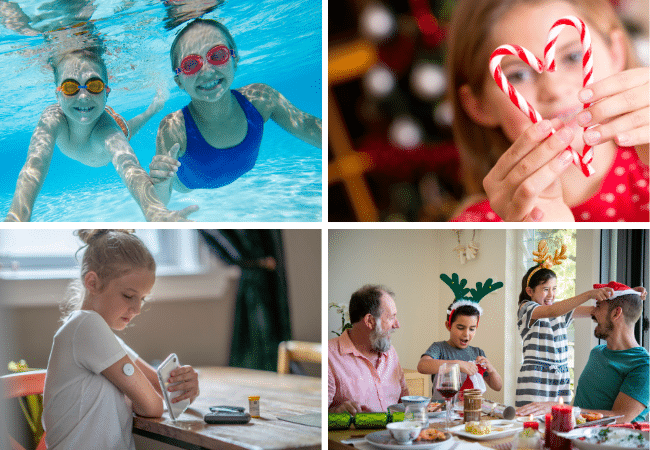Diagnosed at 7 months: Hailey’s early start with type 1 diabetes

Hailey Ballingall was diagnosed with type 1 diabetes (T1D) in dramatic circumstances in May 2019. She was just seven months old.
Now nearly six, the happy and active little girl, from Perth, WA, lives with her mum Rebekah, dad Shane, and big brother Brendan, 10. And although she’s doing well now, her path to diagnosis was difficult.
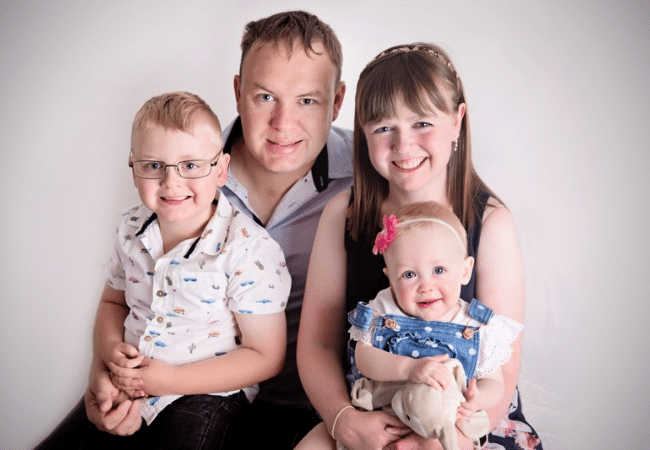
Hailey weighed just 1.7kg at birth and was slow to gain weight, but Hailey’s mum Rebekah says she was a healthy, happy baby, and showed no signs of having T1D.
“She had seen a specialist the day before she was diagnosed for a review and nothing was suspected,” says Rebekah. “She had normal wet nappies and had just started solids.”
Everything changed on the evening of 28 May. Hailey went to bed as normal, but within a few hours, she had woken up screaming and couldn’t be settled.
“She demanded more bottles but was vomiting,” recalls Rebekah. “Nothing would control her thirst. She soaked through every nappy. She was crying in her sleep, had laboured breathing and was hard to wake up yet was screaming.”
By 5am the following morning, Rebekah knew she had to take her to the hospital.
“As soon as she was in the car the screaming stopped,” says Rebekah. “I couldn’t see her or know if she was okay until we stopped. Luckily, there was no wait.”
Doctors first assumed Hailey was suffering from a gastro virus, but when the head doctor in charge performed a glucose check, everything clicked into place. Hailey’s blood glucose level (BGL) was 37mmol/L (a healthy range is 3.5–5.5mmol/L) and her ketones were 7.4mmol/L (anything over 1.0 needs immediate attention).
Hailey was in diabetic ketoacidosis, a condition that can be life-threatening.
She was quickly transferred quickly to Perth Children’s hospital, where Hailey spent two nights in the intensive care unit, as doctors worked to stabilise her BGL.
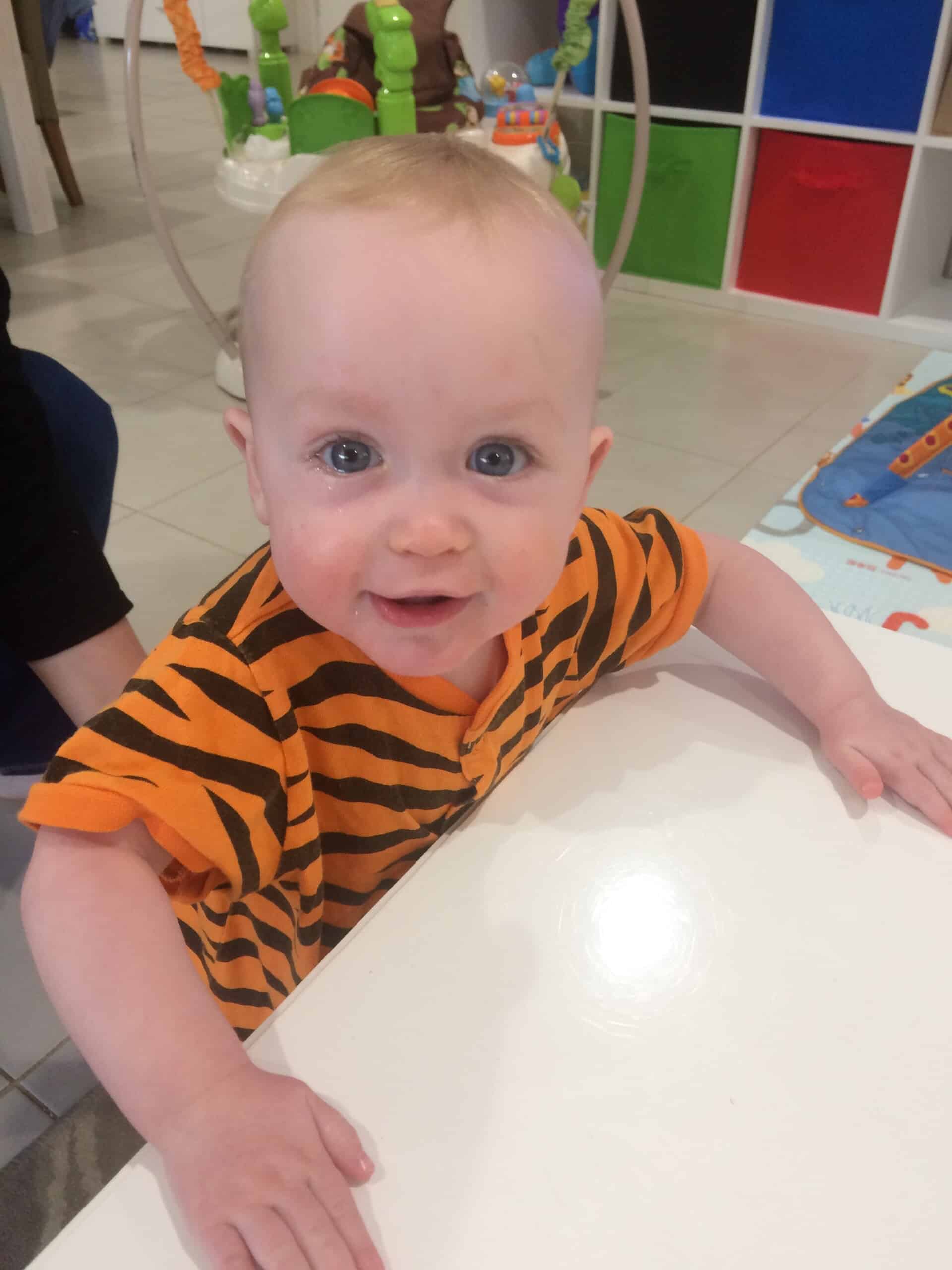
“Trying to explain to a seven-month-old you can’t have more milk for the thirst was distressing!” recalls Rebekah. “She wouldn’t drink water and would get more and more distressed. And when she was asleep her breathing was laboured and she would whimper in pain.”
Hailey was put on an insulin pump and continuous glucose monitor (CGM) before she left intensive care.
“We spent the next two weeks in hospital learning everything we needed to know to keep our baby alive – inserting her devices, carb counting, and more,” says Rebekah.
As her symptoms began to ease, Hailey started to eat more solids, and her parents started to see their happy and healthy little girl begin to re-emerge.
“If we had waited any longer to get her to hospital we would have lost our baby,” Rebekah says. “The doctors said she would have only survived another 24 hours, at most, given how fast she declined and how young she was.”
These days, Hailey’s insulin pump and Dexcom CGM are just a regular part of her life. Over the past five years, she’s learned to crawl, walk and play, all with her CGM and insulin pump attached – but of course it hasn’t always been easy.
“Sensors and sites have been pulled out on swings, tubing catching on door handles, pumps bouncing along the floor as she crawled away from us and alarms sounding 24/7.”
Despite these challenges, Hailey is a well-adjusted little girl, says Rebekah.

“She is always happy, positive and loving, with high energy,” she says. “She is the most caring and brave child who brings positivity to every part of her life.”
Like any child, Hailey goes through growth spurts, which can result in high BGLs.
“During these periods Hailey doesn’t stop eating!” says Rebekah. “The benefit of Dexcom is being able to see her BGLs 24/7, and being able to dose each and every time she eats, up to 20 times a day!”
Caring for Hailey hasn’t always been smooth sailing for the family.
“It’s often nights without sleep, struggles, trying to correctly carb count and often asking, ‘Why?’” says Rebekah.
“It’s been tough on all of us, especially her brother, Brendan. When she was diagnosed, Brendan suffered from depression and anxiety from not knowing if his sister would survive. We have, at times, felt scared, worried and stressed. It had happened so fast that we didn’t have time to process it.”
Hailey’s diagnosis has also had an impact on the family routine and lifestyle. Rebekah stopped working when Hailey was diagnosed, with her care becoming Rebekah’s full-time job.
“I can’t predict how the nights will be, and if I will get any sleep,” she says. “I’m also on call when she’s at school for any enquiries or if there’s an emergency, making it difficult to have a job if I have to leave suddenly.”
While T1D doesn’t stop the family from going on outings, they do require some preparation, including a backpack full of supplies.
“Hailey can’t leave the house without her essential equipment, including her phone and sugar in case of a hypo,” says Rebekah. “Inside her backpack is also a spare sensor, transmitter and insulin pump site just in case of failure or emergencies.
“When we’re out, people often ask what her insulin pump and CGM are. We’re more than happy to educate people as a lot don’t realise how young it can be diagnosed.”
Hailey isn’t shy about showing off her devices, and she often makes them ‘pretty’ with stickers.
Rebekah says she and Shane have been mindful to not let T1D change everything about their lives.
“Our lifestyle hasn’t really changed as we have adapted diabetes into our life,” she says. “As long as we’re prepared, we can take on anything.”

Hailey loves to go to dance classes, and she adapts her dance to suit her diabetes. She also loves all things bunnies, playing with her toys, and school.
Over the past six months, Hailey has started to show signs of hypoglycaemia and hyperglycaemia, says Rebekah.
“Hypos are displayed by an increased hunger, tantrums, a dazed look in her eyes, and feeling sweaty or hot,” she says. “Hypers are displayed as increased thirst, needing the toilet more and a sore tummy.”
As Hailey gets older, she’ll be more involved in her food choices, but for now she requires more supervision and planning.
“We don’t restrict Hailey’s food – she eats what she wants, when she wants,” says Rebekah. “But she has to ask permission. This often makes her feel sad as she often sees other kids just eat, when she has to wait 10 to 15 minutes before she can start. This often isolates her.”
Hailey does get to choose where she wants her CGM and insulin pump sites, though – which is where Rufus, from JDRF’s Kidsac, comes in.
“JDRF was there to support us at diagnosis, including giving Hailey the beautiful bear called Rufus, who has areas clearly marked where injections and CGMs can go. This helped Hailey as she got older, as she can show where she wants the needle or CGM on a toy, giving her more control.”
Her big brother Brendan has also stepped up to help take care of her.
“He’ll often get her hypo treatments when he hears the phone alarm, help her burn off energy when she has a hyper, and be there to hold her hand for removal and insertion of her insulin pump and Dexcom sensors,” says Rebekah. “Hailey adores her brother and loves him to bits!”
Despite her dramatic beginning on her T1D journey, Rebekah says Hailey is doing well, and the entire family has adjusted to its new normal.
“Our management of diabetes is to have a positive approach, never seeing it as a hassle or something we can’t handle,” she says. “Our approach in every aspect of diabetes is learning and growth with no good or bad. If Hailey’s BGL is out of range we together work through it for the best outcome.”
Read more:


